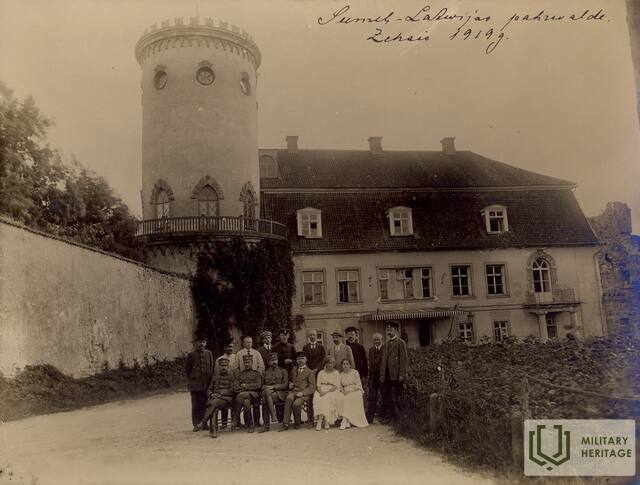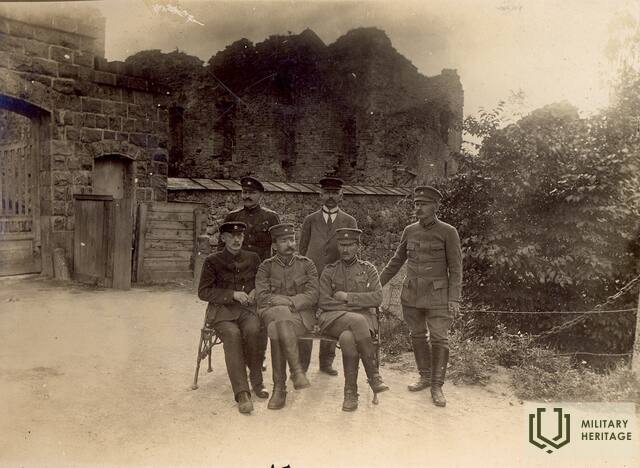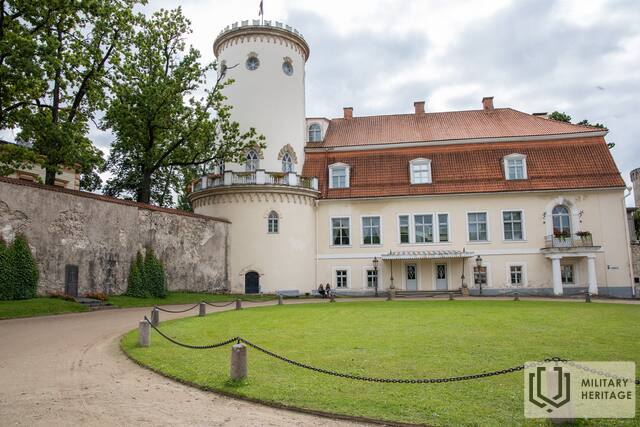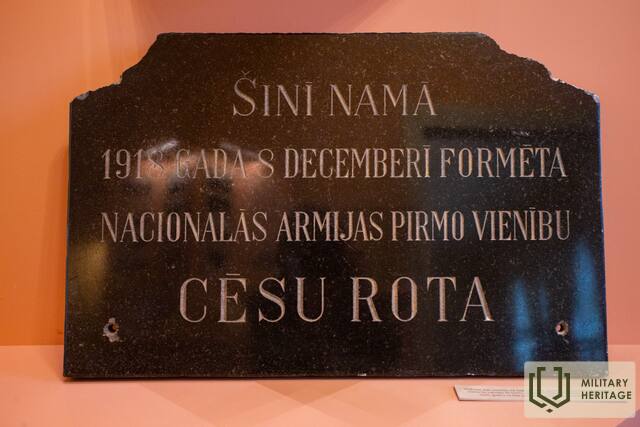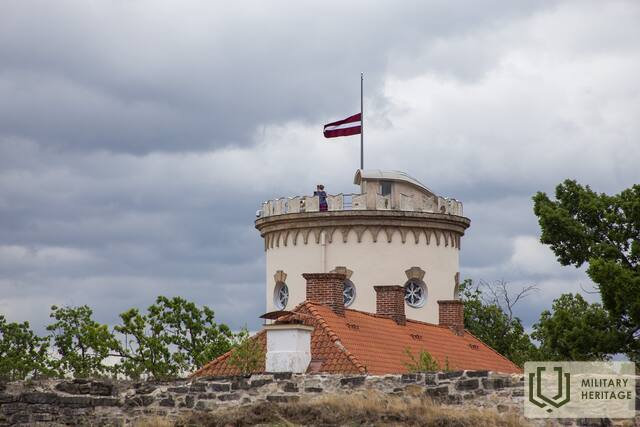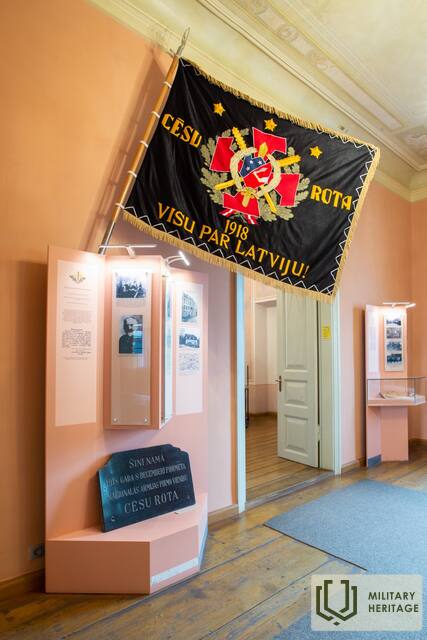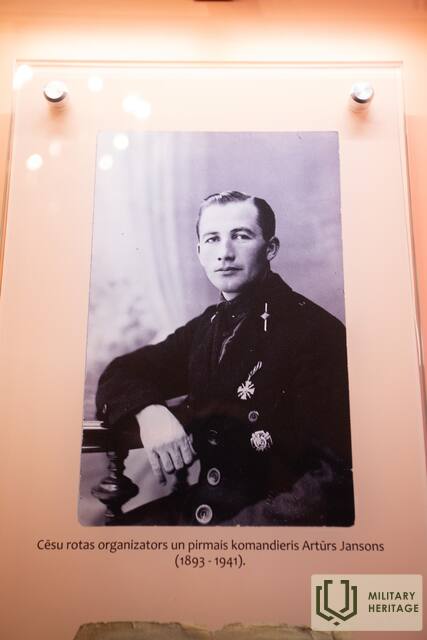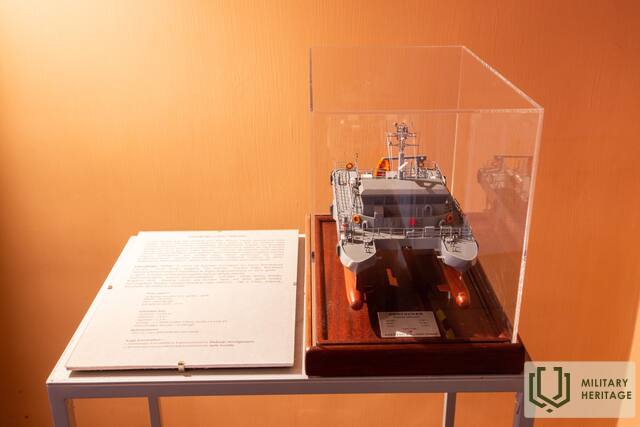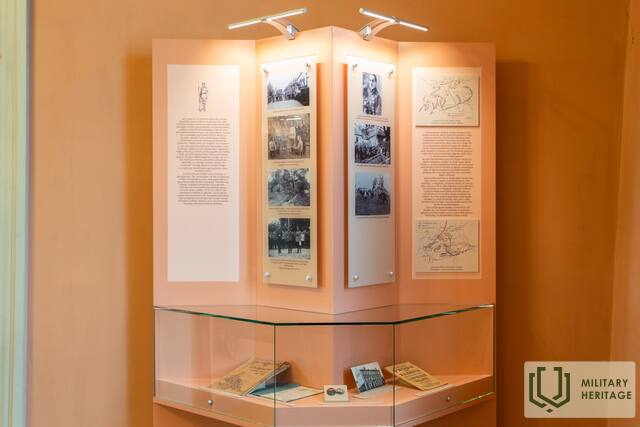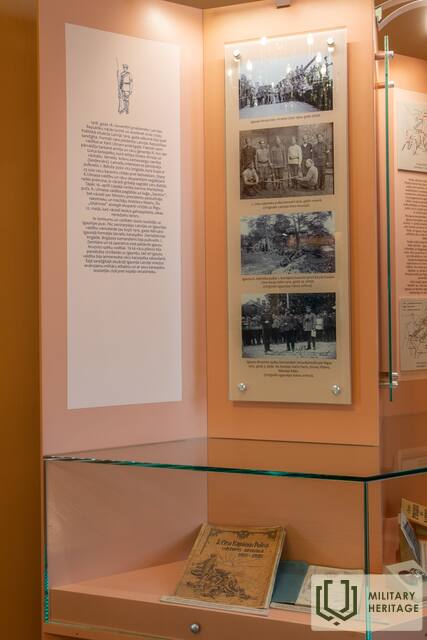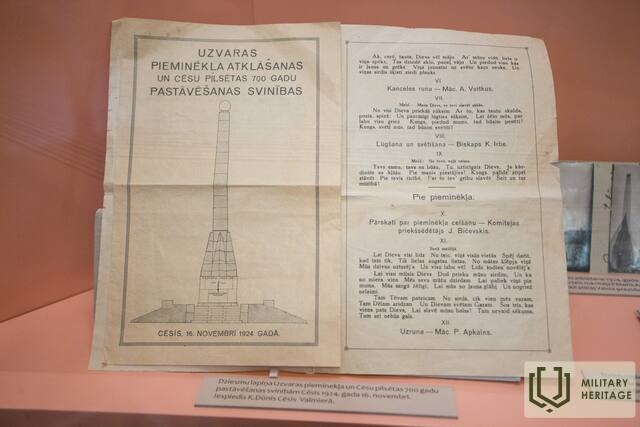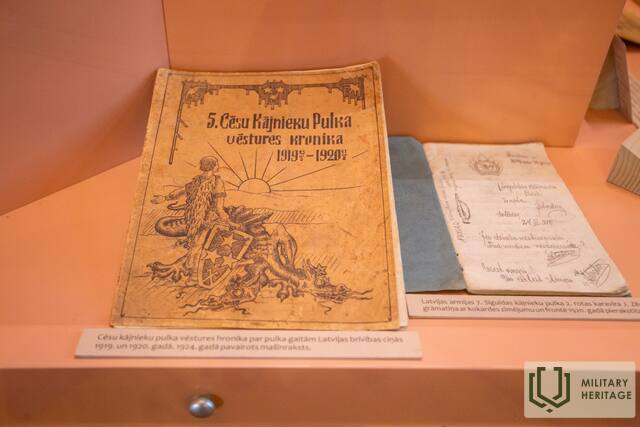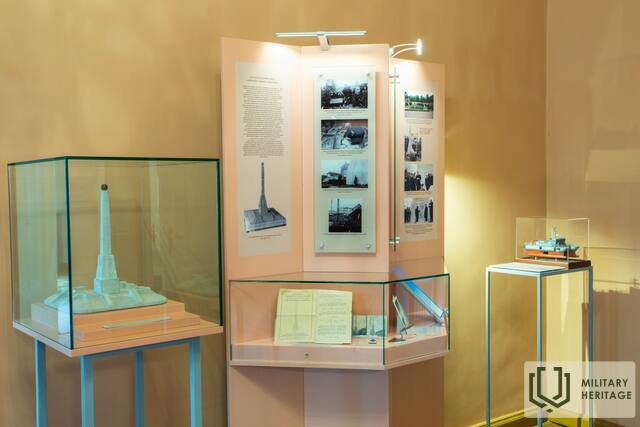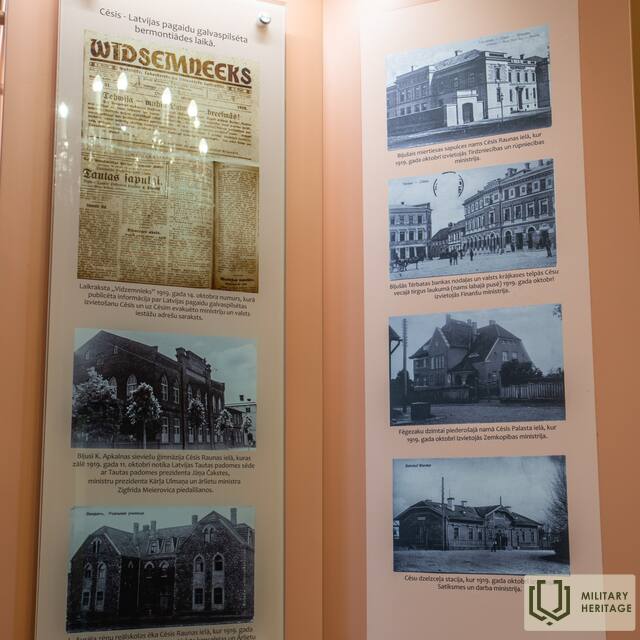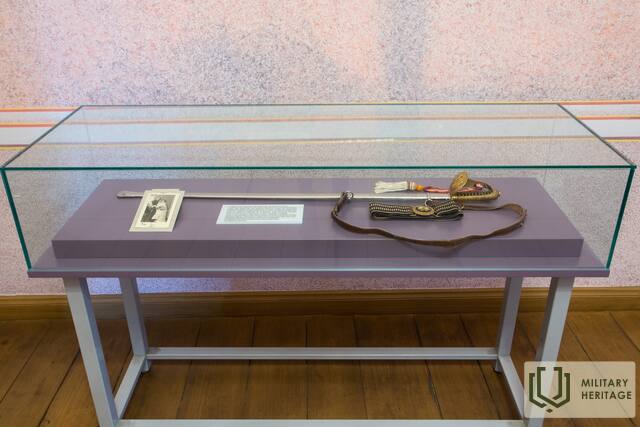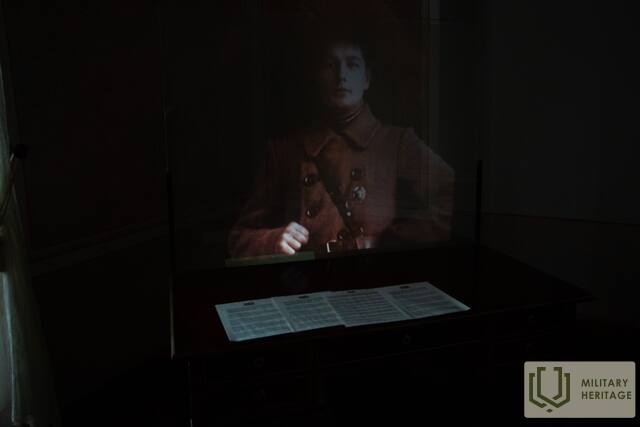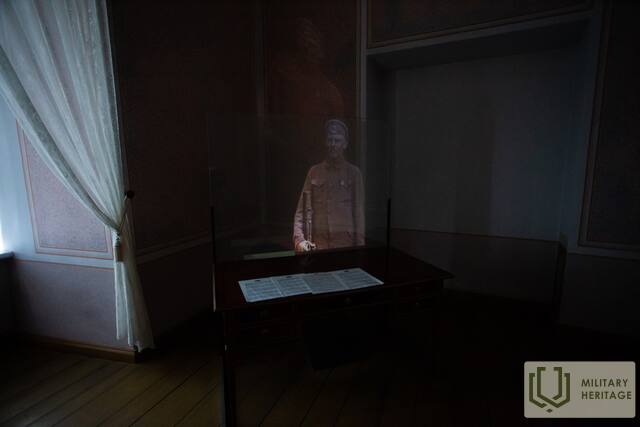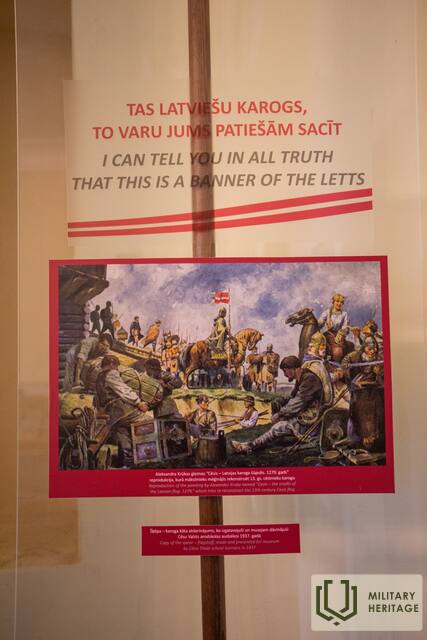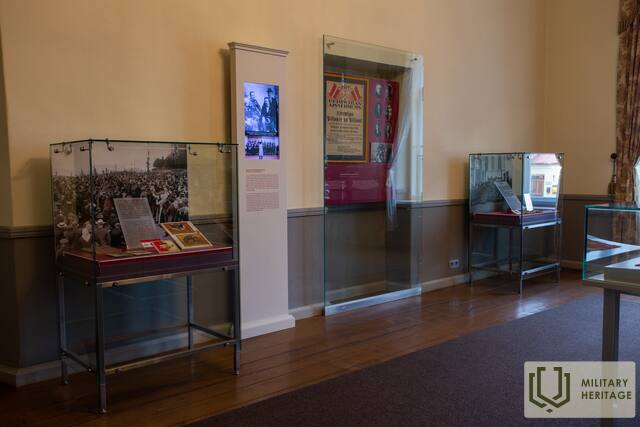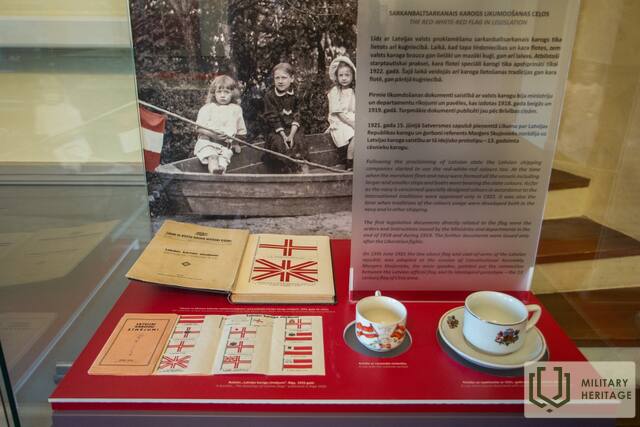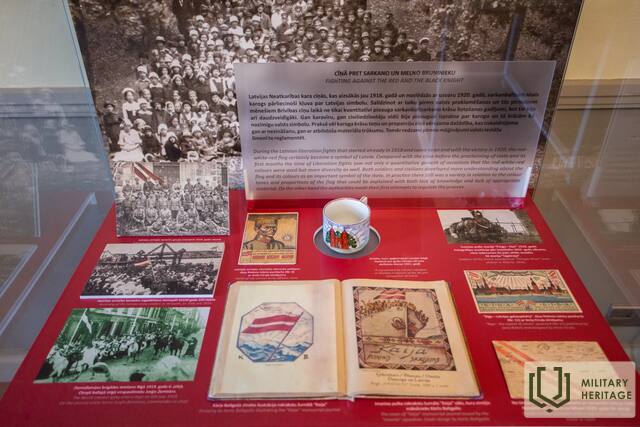Cėsių istorijos ir meno muziejus Cėsių Naujojoje pilyje
Muziejus
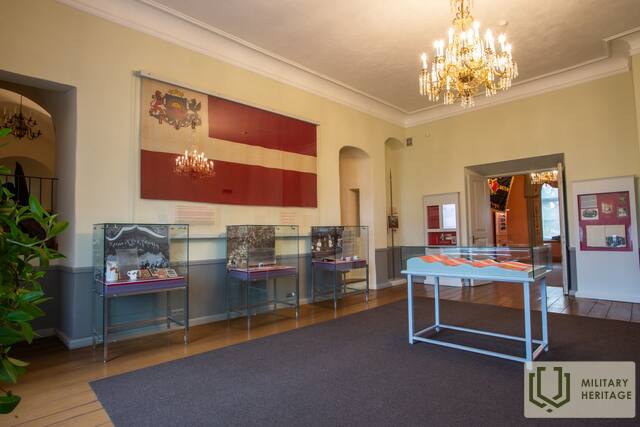

Cėsių istorijos ir meno muziejus yra įsikūręs pačiame Cėsių senamiesčio centre, Naujojoje pilyje. Muziejuje veikia nuolatinė istorijos ir interjero ekspozicija „Cėsys – Latvijos istorijos simbolis“, kurią sudaro du teminiai skyriai: ekspozicija „Raudona-balta-raudona vėliava Cėsių ir Latvijos istorijoje“ aiškina Latvijos nacionalinės vėliavos istoriją nuo XIII iki XX a., patvirtintą nacionalinį simbolį, Latvijos šaulių batalionų vėliavas ir nacionalinių spalvų naudojimo tradicijas Latvijos nepriklausomybės karo metu. Parodoje „Cėsys ir Latvijos nepriklausomybės karas“ daugiausia dėmesio skiriama Cėsių kuopos įkūrimui 1918 m. gruodžio mėn., bendroms estų ir latvių kovos pastangoms 1919 m. Cėsių mūšiuose, laikui, kai Bermonto aferos metu Cėsys trumpą laiką buvo laikinoji Latvijos sostinė, taip pat Cėsių pergalės paminklo istorijai. Pabėgimo kambaryje „Cėsių mūšių legendos“ dalyviai turi valandą rasti išeitį spręsdami galvosūkius, užmegzdami ryšius ir ieškodami paslėptų daiktų. Cėsių kuopa, vienas pirmųjų Latvijos ginkluotųjų pajėgų dalinių, buvo įkurta 1918 m. gruodžio 8 d. Cėsių pilyje vyresniojo leitenanto Artūrs Jansons. Muziejaus ekspozicijoje eksponuojama Cėsių kuopai skirta atminimo lenta, atidengta 1933 m. gruodžio 8 d. Cėsių Naujojoje pilyje, kuri tuo metu buvo 8-ojo Daugpilio pėstininkų pulko ir garnizono karininkų klubo štabas.
Panaudoti šaltiniai ir literatūra:
https://cesupils.lv
Tālis Pumpuriņš, Cėsių istorijos ir meno muziejus
Edukacinės programos
Deficitas ir Blattas
Pamoka paremta keliaujančia paroda „Deficitas ir Blatai“. Mokinių užduotis – palyginti, apibendrinti ir paaiškinti gautą informaciją savo bendraamžiams, naudojant įvairius šaltinius. Dirbkite su raktiniais žodžiais: deficitas, blat, perestroika, stagnacija. Galimybė dalyvauti „Vertybių ir turto loterijos“ prizų traukime. Laimėjo deficitinių prekių ir mokytojo pagalbos. Kad įtvirtintų žinias ir 100% patikėtų, jog deficitas ir blatas tikrai suveikė, mokiniams buvo duoti namų darbai – apklausti savo giminaičius, kurie patyrė šį laiką, ir užrašyti jų prisiminimus. Pamokos tema susijusi su dalyko „Latvijos ir pasaulio istorija“ temomis. 9 klasė „Sovietinė okupacija ir jos pasekmės“ ir 12 klasė „Latvija kaip SSRS dalis. Sovietmečio poveikis Latvijos visuomenei, ekonomikai ir kultūrai“. Parodos „Deficitas ir blatai“ autorė – Anda Opoļska, Cėsių zoninio valstybinio archyvo vyresnioji ekspertė.
Ką žinote apie Latviją?
Pamoka suskirstyta į dvi dalis. Pirmojoje mokiniai susipažįsta su muziejaus ekspozicija: „Raudona-balta-raudona vėliava Cėsių ir Latvijos istorijoje“, „Cėsys ir Latvijos laisvės kovos“. Po to vyks praktinė pamoka apie nacionalinės vėliavos etiketą ir viktorina su klausimais apie Latviją įvairiomis temomis. Pamokos tema susijusi su 6–9 klasių mokomuoju dalyku „Latvijos istorija“. klasės temos.
Susijusi laiko juosta
Susijusios temos
Susijusi istorija
Jānis Lapiņš ir pirmasis Latvijos raudonos, baltos ir raudonos vėliavos projektas
Latvijos nacionalinė vėliava buvo sukurta Pirmojo pasaulinio karo metais. 1915 m., kurdami latvių šaulių batalionų vėliavas, kai kurie menininkai vėliavų dizainui pasiūlė raudoną, baltą ir raudoną spalvas. Švietėjo ir žurnalisto Jānio Lapinio sukurtą raudonai baltai raudoną vėliavą 1916 m. antroje pusėje pagamino jo mokinė, Valmieros pabėgėlių prieglaudos mokytoja Marianna Straumane. Tai pirmoji žinoma ir realiai pagaminta Latvijos nacionalinė vėliava, išlikusi iki šių dienų.
1917 m. kovas – svarbus mėnuo Valmieros ir Latvijos istorijoje
1917 metų kovą, likus daugiau nei metams iki Latvijos valstybės paskelbimo, Valmieroje buvo įkurta Vidžemės laikinoji žemės taryba, kuri priėmė nutarimą dėl Latvijos autonomijos ir apsisprendimo teisių. Tarybos įkūrimo dieną posėdžio vietoje pirmą kartą buvo iškelta raudona, balta ir raudona vėliava.
Cėsių mūšio pradžia, eiga ir pabaiga
Pergalei Cėsių mūšyje buvo lemta tapti lūžiu latvių ir estų kovoje už savo šalies nepriklausomybę. Ši pergalė padarė tašką Andrievo Niedros vyriausybės ir vokiečių generolo Rüdigerio von der Goltzo planams užkariauti Baltijos šalis. Vietoj to Liepojoje savo veiklą atnaujino Laikinoji Latvijos vyriausybė, vadovaujama Kārlio Ulmanio.
Cėsių Naujoji pilis – sienos, sukūrusios Latvijos valstybės saugumą ir tebesaugančios asmens dokumentus
Cėsių Naujoji pilis pastatyta ant karinio įtvirtinimo – viduramžių pilies – griuvėsių. Tačiau tai ne vienintelė pastato karinė reikšmė.




